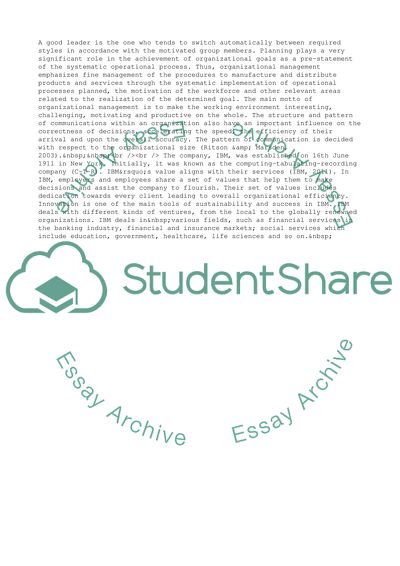Cite this document
(The Organizational Management Strategies in IBM Case Study, n.d.)
The Organizational Management Strategies in IBM Case Study. Retrieved from https://studentshare.org/management/1756938-organizational-management
The Organizational Management Strategies in IBM Case Study. Retrieved from https://studentshare.org/management/1756938-organizational-management
(The Organizational Management Strategies in IBM Case Study)
The Organizational Management Strategies in IBM Case Study. https://studentshare.org/management/1756938-organizational-management.
The Organizational Management Strategies in IBM Case Study. https://studentshare.org/management/1756938-organizational-management.
“The Organizational Management Strategies in IBM Case Study”. https://studentshare.org/management/1756938-organizational-management.


